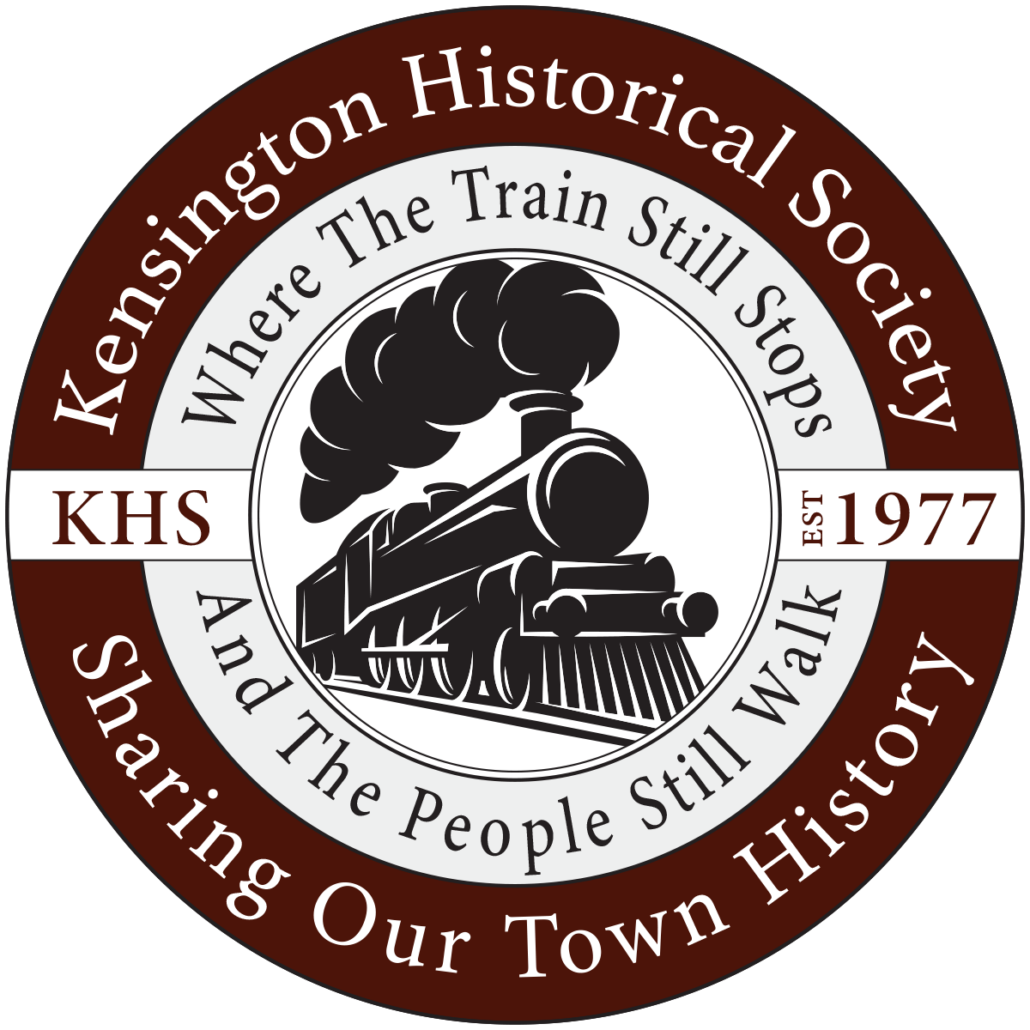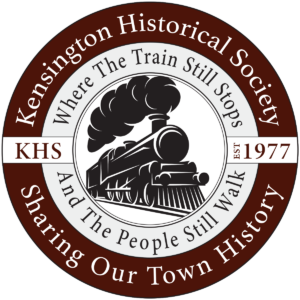Howard Avenue
You have arrived at Howard Avenue, currently referred to as “Antique Row”. The stretch before you was part of the earliest commercial area in town. It extended a few blocks to the right and left and across the train tracts at St. Paul Street. Originally, Howard Avenue was part of County Road, which came up Summit Ave, along the railroad and crossed the train tracks at St. Paul Street, eventually heading to the port at Bladensburg. The area around this St. Paul Street crossing and the Baltimore and Ohio Train Station was the first developed “business district.”
A short walk to your left takes you past two single story yellow brick buildings. In 1904, the corner was the location of Umstead Coal and Wood. Later these two long shops were built which housed the Safeway at 3759 in the late 1940’s and the District Grocery Store (DGS) at the corner into the 50’s. Further up Howard Avenue are two large houses which have been converted to shops. 3762 was built in 1910 and the house to the rear of 3774 and 3776, which predates 3762. (One can see the enclosed front porch of 3762, but the house next door is harder to imagine as its entire turret and roof were removed and replaced with a flat roof). This entire complex was purchased a piece at a time by local businessman Morris Parker who eventually developed it into “Antique Village.” 3784 Howard Avenue housed the Piggly Wiggly grocery in the early 30’s. 3786 was at one time a diner, dry cleaner, and an antique store with living space above, and is now a bookshop. The corner gas station was standing in 1927.
Doubling back along Howard Avenue, crossing Fawcett Street, you will pass a row of small shops with apartments above. As you near the bend, where County Road used to cross the tracks at grade, you will see the old Fawcett Store (3730) which was attached to the Fawcett home, possibly built in 1877.
3716 Howard Avenue was built for the Montgomery Press in 1895. Mr. Warner bought the Rockville newspaper and brought it to Kensington. Mr. Cornelius Clum was editor of the newspaper from 1895 until his death in 1935. The building later was used as a veterinarian’s office, a doctor’s office, and has been a thrift and antiques store.




